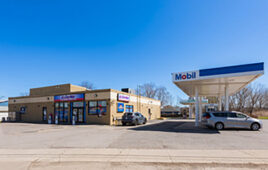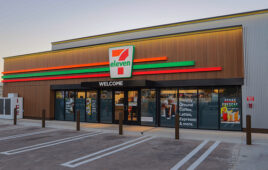The Midwest and West report the highest levels of economic optimism.
While customers say higher pump prices won’t change their summer driving plans, higher gas prices could cause them to tighten their purse stings in other ways, according to the latest NACS Consumer Fuels Survey findings.
Despite gas prices that are 15 cents higher than a month ago—and 47 cents higher than May 2017—only 11% of Americans say they will drive less this month than in April.
Meanwhile, a third (34%) of fuel consumers say they will eat out “much less” or “somewhat less” this month, compared to 27% who said they would eat out less last month. Similarly, about a fifth (22%) of fuel consumers say they are likely to spend “much less” or “somewhat less” on typical non-gas household purchases (i.e. groceries, clothing, etc.) than they did last month, compared to the 16% who said so in April.
NACS, which represents the convenience store industry that sells an estimated 80% of the fuel sold in the United States, has conducted regular surveys related to economic issues and consumer sentiments since January 2013.
Gas prices have been on the rise because of a combination of higher oil prices and the seasonal transition to summer-blend fuel. Still, consumer optimism about the economy remains strong: 60% say they are optimistic, down only two points from last month and the same percentage as May 2017. Optimism is much higher among men than women (66% vs. 55%). There were slight regional variations in optimism, with the Midwest (63%) and West (62%) reporting the highest levels of optimism, and the Northeast and South reporting the lowest (both 59%).
Even with the relatively large gas price increase, consumers were mentally prepared for a spike in prices, as a majority (57%) said last month that they expected prices to continue to rise. That has not changed, as consumers this month also expect prices to continue to rise in the future. Two-thirds (67%) of gas consumers say that they expect gas prices to rise in the next 30 days. A quarter (25%) say they expect prices to remain steady, and less than 10% believe that prices will drop.
“Despite recent gas price increases, it looks like highways will be crowded with travelers this summer. However, there are concerns about how much they may spend, especially as three in four drivers, (77%) say that gas prices influence their feelings about the economy, a five-point jump from just a month ago,” said Jeff Lenard, NACS vice president of strategic industry initiatives.
The survey was conducted online by PSB (Penn Schoen Berland); 1,501 U.S. adults who purchase fuel for a vehicle such as a car, truck or van at least once per month were surveyed May 7-11, 2018.




